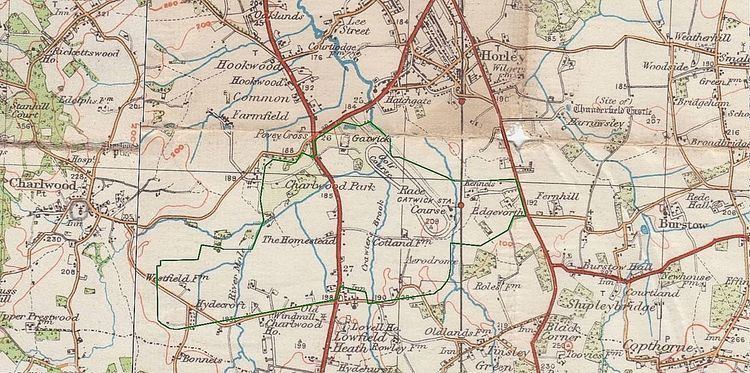 | ||
Gatwick Airport was in Surrey until 1974, when it became part of West Sussex as a result of a county boundary change. The original, pre-World War II airport was built on the site of a manor in the parish of Charlwood. The land was first used as an aerodrome in the 1920s, and in 1933 commercial flights there were approved by the Air Ministry.
Contents
Origins
1920–1945
1945–1958
1958–1969
1970–1979
1980–1989
1990–1999
2000–2009
2010–present
References
Timeline of Gatwick Airport Wikipedia(Text) CC BY-SA
